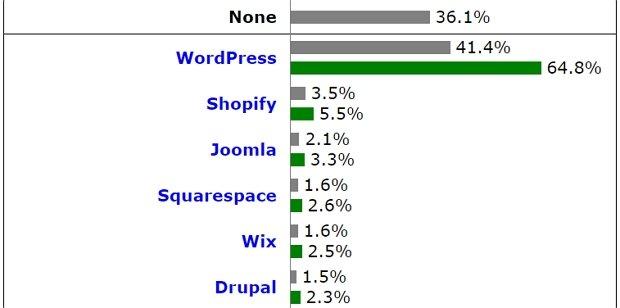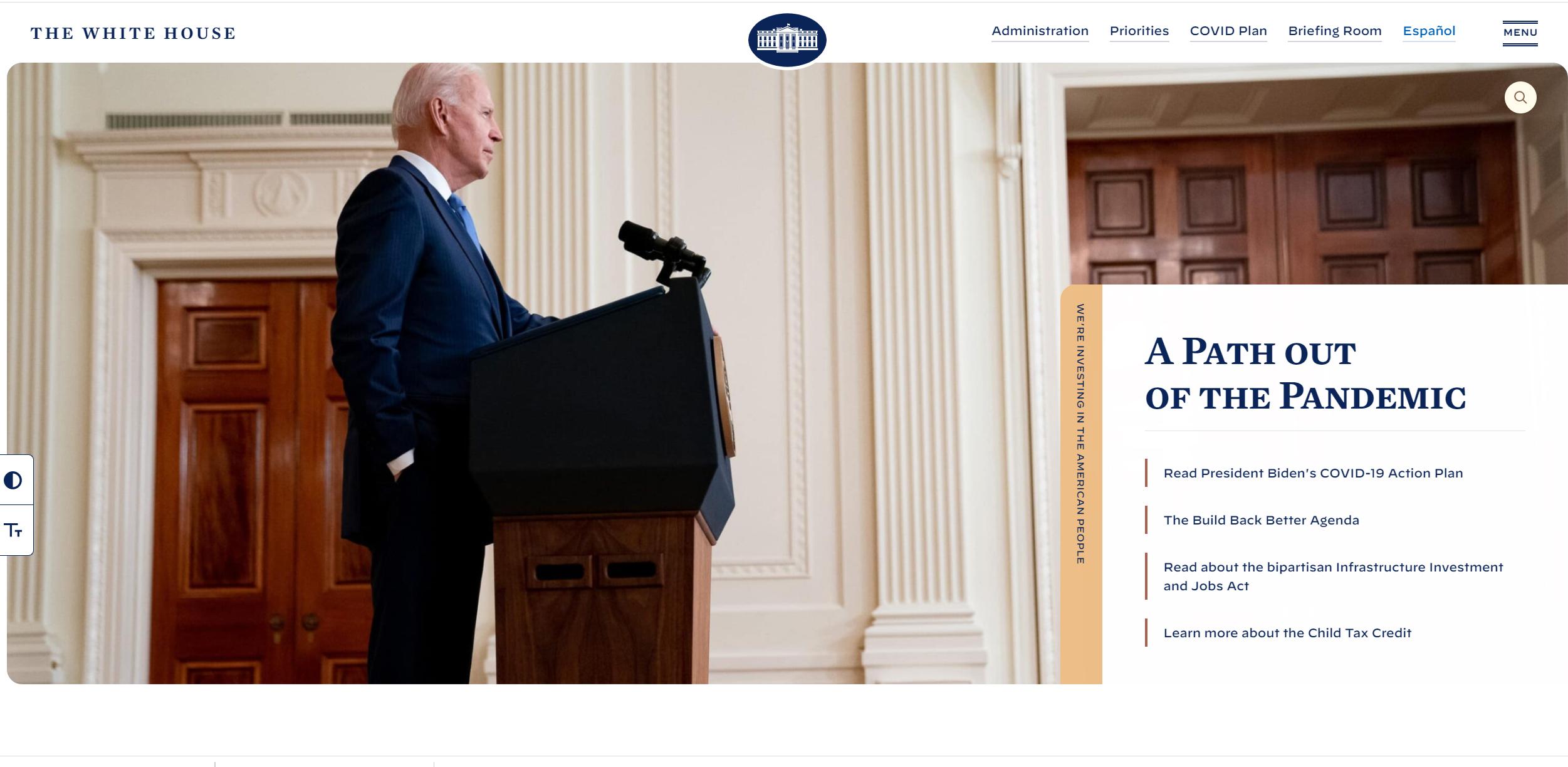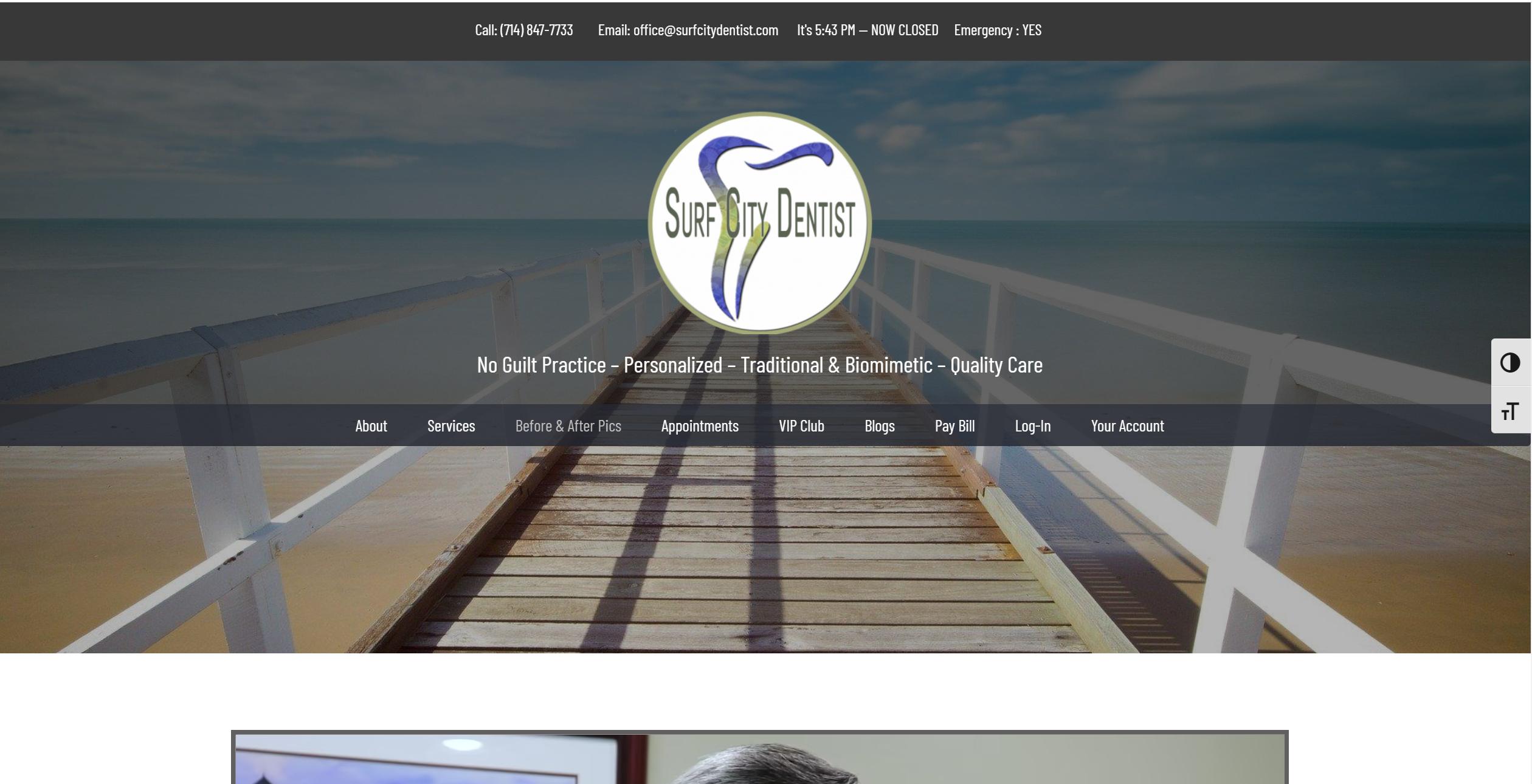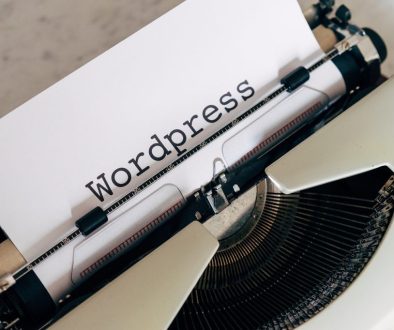WordPress vs. Joomla vs. Drupal
How to Choose the Right CMS Platform
If you’re thinking about building a website or blog, building a site from scratch with developers, is the most expensive way you can possibly choose. Instead, business are resorting to a CMS. A CMS , “content management system”, helps you create, manage, and modify the contents of a website without the need of a highly trained technologist who understands HTML, PHP, Javascript or CSS plus coding skills.
The easy-to-use nature of the modern CMS platforms, allows for the quick development of most simple website. But even better, CMS platforms also allow for the expansion of unique features, while still
In this post, we look through three of the most popular and best CMS platforms coming into 2021, compare their pros and cons, and help you pick one.
The three best CMS that we’re looking into are:
- WordPress
- Joomla
- Drupal
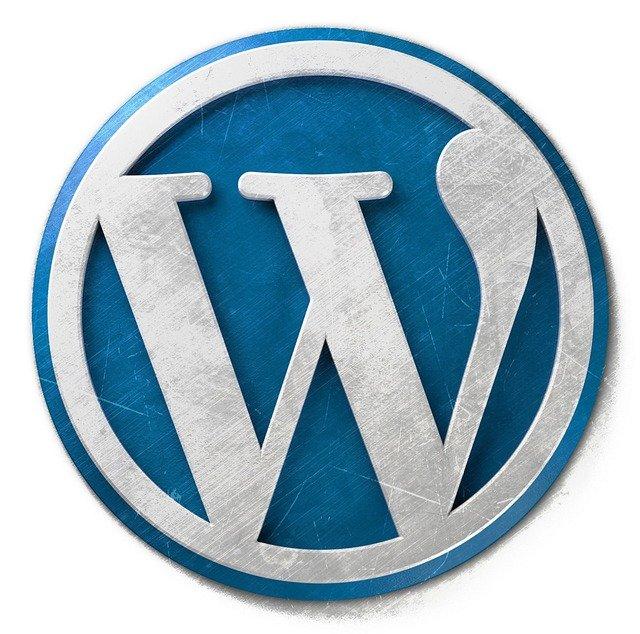
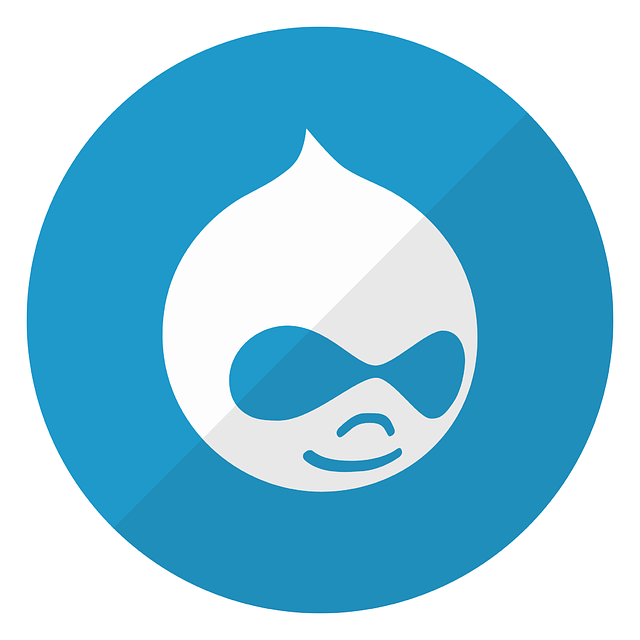
1. Costs and Expense Comparison for the Best CMS
Talking about the costs involved in using any of these CMS gets real tricky real fast.
Here’s the problem:
Each of these three best CMS is 100% free in itself – you can download either one directly from the official websites in just a couple of clicks. But there are other side costs that you will have to invest in.
THEMES : The default color settings, fonts and CSS codes for a site.
- WordPress themes available for $0-$250
- Joomla themes: $0-$200
- Drupal themes: $0-$80
PLUGINS : Expanding the features and security of a site
- WordPress plugins available for $0-$400
- Joomla plugins: $0-$70
- Drupal plugins: $0-$100
While the CMS platforms are free to download, in some cases, users will want to extend the native feature sets of their CMS with extra modules and/or designs. All three of the best CMS have add-ons in roughly the same price range. Ultimately, you don’t have to buy any add-ons if you don’t have the budget.
In the end, if you intend to get only the bare minimum, your bill is going to be:
- $15 (domain name) + $10×12 (hosting) = ~$135 a year
2. Level of Expertise Needed
WordPress is arguably the easiest one to use. Expanding the functionality of your site and finding and customizing the designs is much more approachable.
Additionally, many hosting companies offer what’s called “WordPress hosting,” meaning that you don’t have to worry about the technical setup of the server or even worry about installing WordPress on your own. The hosting company will handle all of that.
Then there is a default customization, WordPress comes with a friendly interface for tweaking the looks of your site, changing the colors, backgrounds, spacing, and and per device settings like mobile, tablet or desktop..
Joomla and Drupal are more developer-centered and do expect you to be reasonably comfortable working with HTML and PHP – that is, if you want to build a more custom-looking and custom-operating website.
There are not as many versatile add-ons available for either CMS, and the ones that are there are not as refined as their counterparts for WordPress.
In most cases, you can expect to either have to hire someone or learn the inner workings of either Joomla or Drupal if you want to end up with a custom-looking website.
All Three CMS: This all comes down to the size of the community – there are many more people working on WordPress-related products and add-ons than they are working on Joomla or Drupal. This means that if you want to get a feature for your website that’s not available via a plugin, you’ll have to create that feature yourself.
3. The Popularity of the Best CMS
The popularity contest is actually a no-contest. WordPress takes this round hands down.
- WordPress is used more than 41% of the entire web.
- Joomla 2.1%
- Drupal 1.5%
Even our countries White House, moved away from Drupal and into WordPress
4. Choice of Designs
The design quality is a huge factor in choosing your CMS. We all want our websites to look nice and not be an eyesore or worse, not be usable on a variety of display devices (cell phones, mobile, tablet plus desktop).
As a side note about designs, many choose the avenue of content systems like WIX. Simple, to the point and quickly develops a site..all the reasons given above. What is not said is that is the display-ability across the cell phone, mobile and tablet devices.
WORDPRESS comes installed with a default theme and a visual design process. Developers can drop and drag how they wish a page to look VISUALLY, without knowing a single bit of code and using the .
Both Joomla and Drupal, come more with a technology approach, post approach. In short, you need to understand how the CMS works in order to make the most effective use of it.
5. Customization Options aka Plug-Ins
Each of the CMS systems offers a way to expand upon the technology adding features to your site.
- WordPress calls all new add-ons plugins
- Joomla calls them extensions
- Drupal calls them modules
The idea behind them is basically the same. Plugins/Extensions/Modules allow you extend the default range of features that come with your CMS. The availability of those plugins is what is at issue.
- You’ll find more than 50,000 plugins for WordPress available in the official directory alone. There are thousands more available from third-party developers.
- There are almost 6,000 extensions available for Joomla in the official directory, and a couple hundred more throughout the web.
- There are around 47,000 modules available for Drupal in the official directory, but only a handful elsewhere on the web.
Joomla offers a good catalog of extensions as well, albeit much smaller than that of WordPress’. You’ll still find extensions to handle all of the most crucial aspects of your site, such as galleries, SEO, analytics, contact forms, and more.
Drupal modules are much more developer-focused. You’ll find various solutions to expand the APIs, set up additional tokens for devs, do more advanced user management, and so on.
Overall, they will help you further customize the inner mechanisms of Drupal if you’re working on a more serious project. There are not as many user-facing modules, though. Even doing a search in the module directory for something as simple as “contact form” doesn’t produce optimistic results.
6. Cost of Custom Development
If you can not find from the thousands of extensions a feature, then you will have to write your own. Average hourly salaries of development specialist is as follows:
WORDPRESS DEVELOPER (USA) : $31
DRUPAL DEVELOPER (USA) : $36
JOOMLA DEVELOPER (USA) : $47
With 41% of the websites based on WordPress, the number of individual and the relative costs reduces.
- “WordPress” – over 77,000 freelancers offering WordPress-related work
- “Joomla” – around 7,600
- “Drupal” – around 4,700
6. Security and Updates
You can expect a new WordPress version update roughly every 30 days. Many of those updates are minor and just fix small bugs and issues here and there. Bigger WordPress releases come out a couple of times a year.
Small Joomla updates come out a bit more frequently, roughly every 10-40 days, but the bigger ones come only about once a year or even less frequently. Joomla version 3.9 has been with us since 2018, for instance.
Drupal works on a set release schedule, delivering one bugfix update and one security update a month. Bigger updates – major versions – come around two times a year.
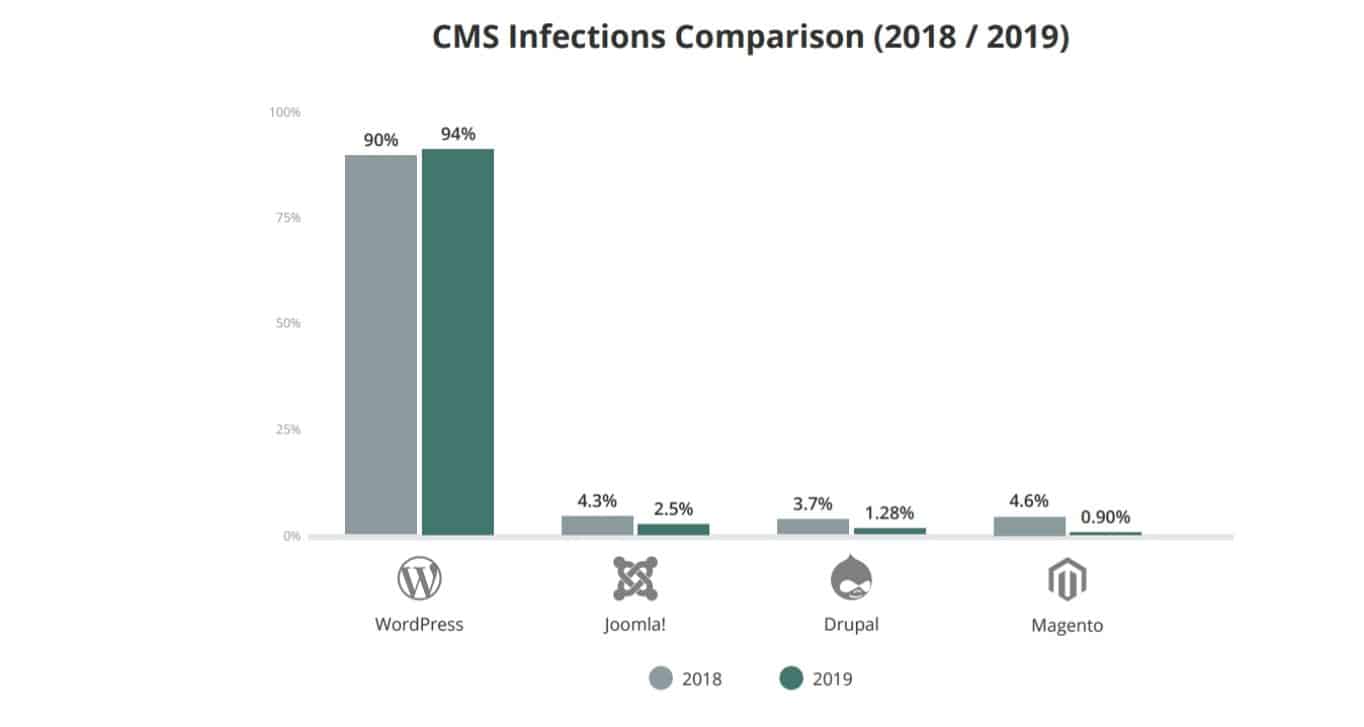
MIXED RESULTS
With results like that, it does not look good for WordPress. More than 90% of all infected CMS websites run on WordPress. This low score of WordPress’ is due to a couple of factors. First, it’s simply the most popular CMS on the web. It will naturally receive a much bigger piece of the hacking pie. Proportionally, each CMS system runs about the same in the hacking pie.
It is also the reason plugins for WordPress like WordFence have become increasingly popular and shutdown the ability of hackers to destroy a site.
On the other hand, it’s worth pointing out that both Drupal and Joomla are hacked into proportionally less than WordPress – even once we factor in the popularity levels of all three CMSs. This is no coincidence. Actually, security is one of the main selling points of Drupal’s. Many government agencies and other institutions have trusted Drupal chiefly due to its strong focus on website security.
7. When to Use WordPress?
WordPress is a great all-around CMS if you want to DIY a website and also make sure that it will look properly and have all the features you need.
It’s the easiest platform to use if you’re a beginner and also one that offers the best designs and the biggest choice of them.
Plus, if you ever want to expand your site, you can choose from thousands of plugins that can handle pretty much any new feature you can think of.
8. When to Use Drupal?
Drupal can be your solution if the website you want to build will have a lot of custom functionality and will require first-class security at the same time.
Drupal is more geared toward developers rather than DIY users who are working on their sites in the afternoons.
You will also likely require a lot of custom work and coding done to achieve your final desired effect with Drupal.
9. When to Use Joomla?
Joomla kind of meets you in the middle between WordPress and Drupal. On the one hand, it does deliver a lot of user-facing features but also expects you to custom-code the non-standard elements.
Joomla has a more advanced user management scheme, which can be handy if your website is meant to be managed by multiple people. The same goes for multilingual support. With Joomla, you can set up multilingual sites right out the box, while doing so with WordPress requires a separate plugin.
That being said, you will still find Joomla’s learning curve to be quite steep. This can be troublesome if the only thing you want for now is simply a “working website.”

